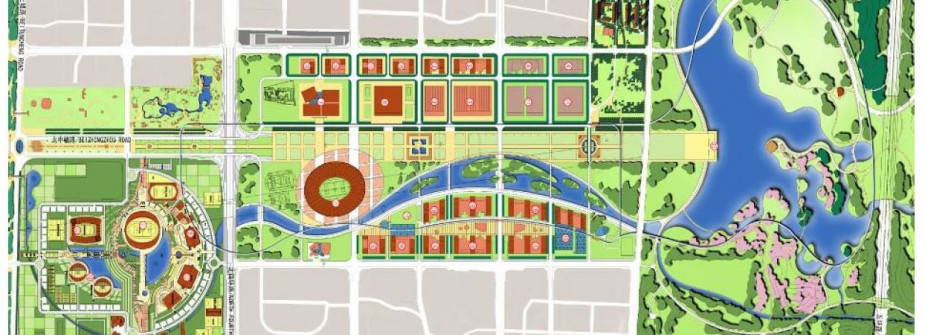Waste-water recycling at Olympic Park 2008, Beijing

The Olympic Park
Situated north of Beijing, the nearly 1,200-hectare Olympic Park will accommodate approximately 18,000 athletes and officials. The impressive park also contains the Olympic Stadium and various other sports venues, along with large green and water corridors. The all told almost 75 hectares of water in the Olympic Park have been designed in the shape of a dragon.
Given the shortage of water in the greater metropolitan area, with a population of 15 million, the Olympic lake is filled largely with treated waste water.
In order to deal with possible problems involving hygiene, algae and smells in this respect, a joint Chinese-German BMBF research project was conducted between 2004 and 2007, with a view to creating a procedural concept solution for the energy-efficient recycling of waste water.
Waste-water recycling for the Olympic lake
The quality specifications with respect to phosphates in the water in the artificial lake are of particular significance. In order to prevent unwanted algae growth, the total concentration of phosphates in the lake must not exceed 0.03 mg/l.
Achieving such low outflow rates requires the use, during the last stage of treatment, of granular ferric hydroxide (GFH, or GEH in German), which is manufactured by GEH Wasserchemie GmbH & Co. KG of Osnabrück (Germany), and used worldwide – above all for the elimination of arsenic.
GFH is used in two parallel filter containers, each with a capacity of approx. six cubic metres, designed to treat 2,000 cubic metres of lake water daily. The water treated in this way is then used to flush toilets and provide water for the fountains and washing facilities of the Olympic Park.